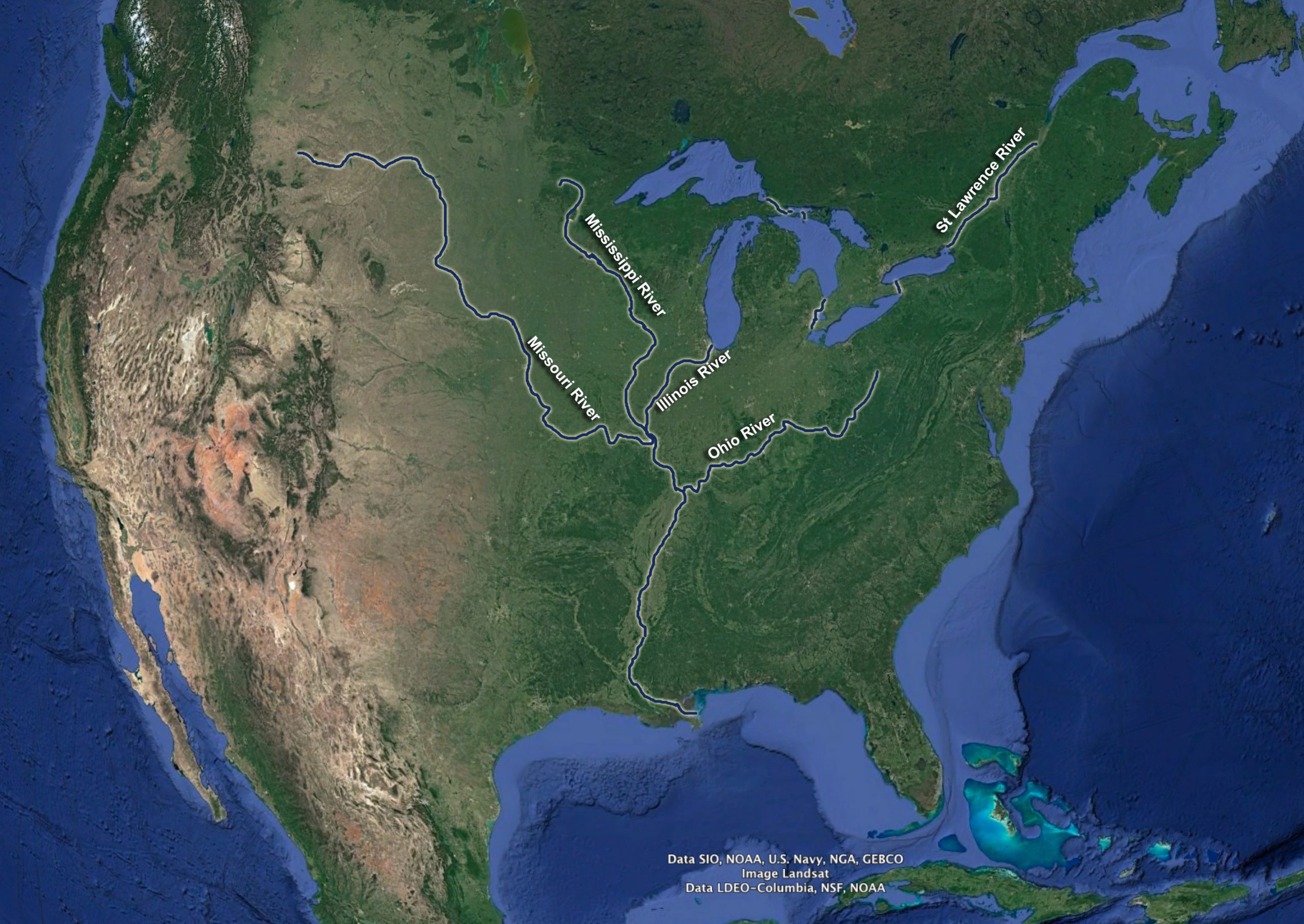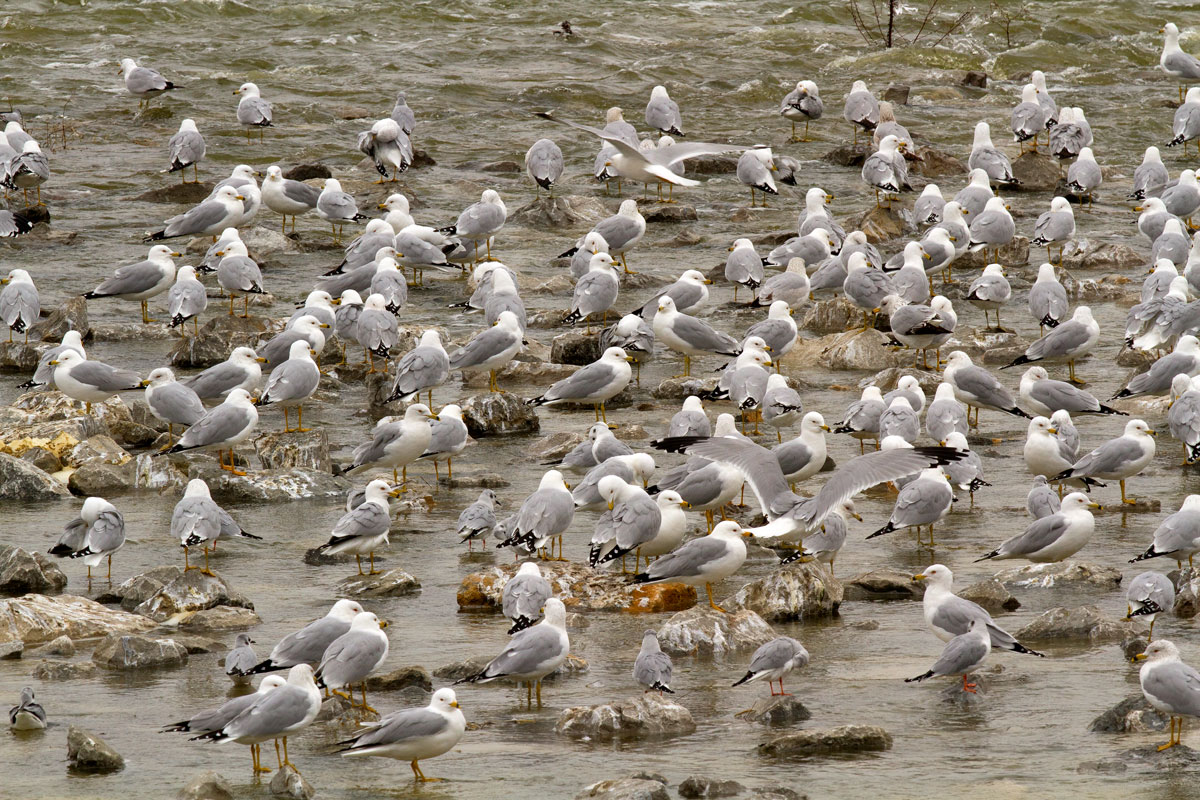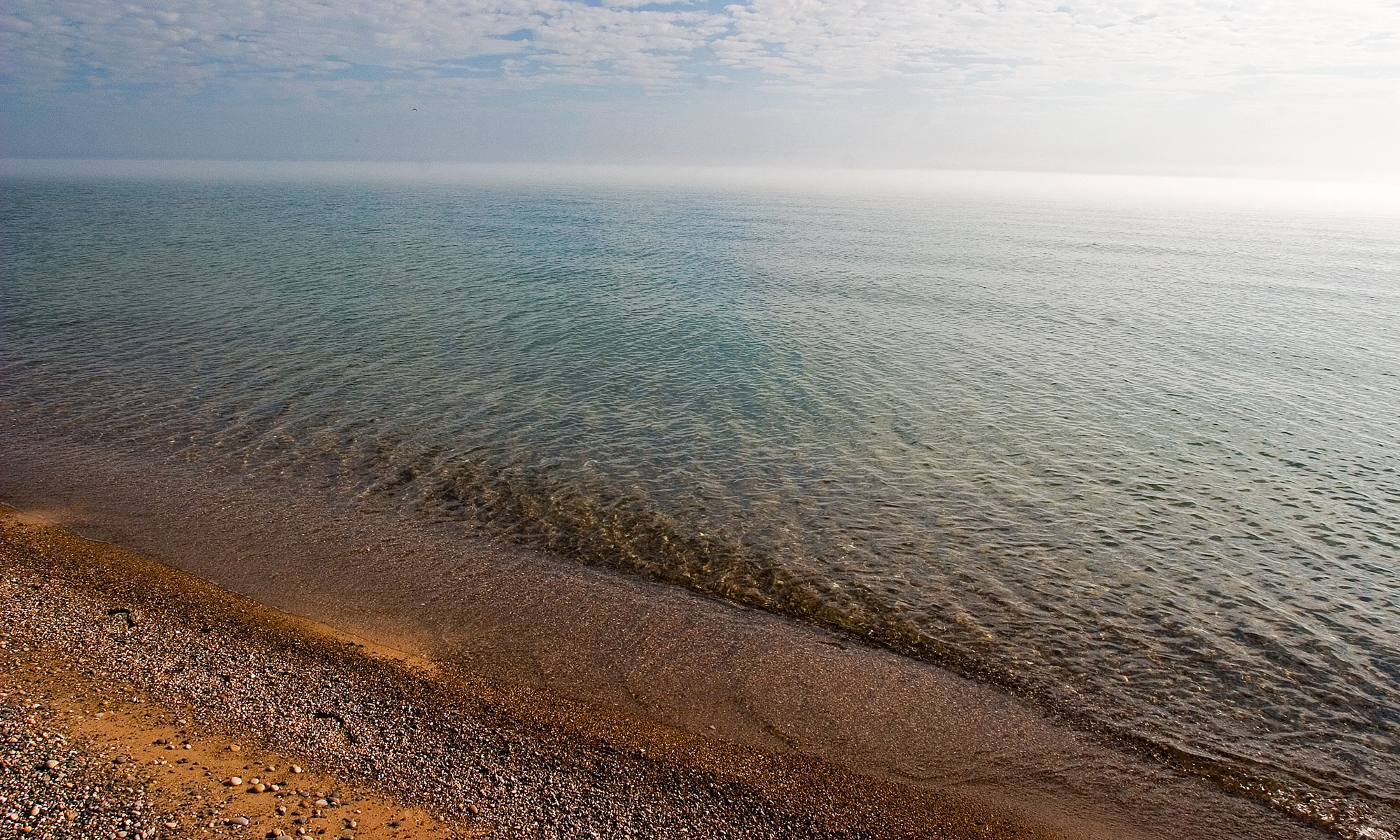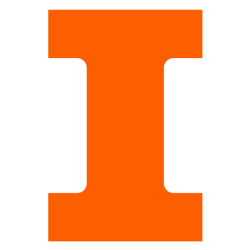The Great Lakes
- provide 30 million people drinking water
- connect to the Atlantic Ocean by the St Lawrence Seaway
- connect to the Gulf of Mexico by the Illinois River to Mississippi River
- $34 billion shipping industry to and from the states surrounding the Great Lakes
- support 1.5 million jobs in fisheries, boating, and recreational industries

Lake Michigan, and the Great Lakes in general, face many threats, including:
What’s being done?
The Illinois Coastal Management Program is working to prevent the spread of exotic invasive species, restore coastal habitats, promote sustainable economic development, and increase public access and recreation.
The Illinois Natural History Survey Lake Michigan Biological Station conducts research on the fisheries and ecosystems of the Great Lakes. In partnership with Sea Grant, their aquatic invasive species outreach staff promote two campaigns to help prevent the spread of exotic invasive species:
=====
The Great Lakes provide drinking water to more than 30 million people in the United States. They also create jobs for over 1.5 million people in industries like fisheries, shipping, and recreation. However, the future health and utility of Lake Michigan is threatened by the destruction of natural habitats (particularly coastal wetlands), pollution, bacterial contamination, and invasion of exotic (non-native) species.
Bacterial contamination
Escherichia coli (abbreviated as E. coli) bacteria is normally found in the intestines of humans and animals. Most strains of E. coli are harmless, but some can make you sick if ingested in high enough concentrations.
Waterways will occasionally be contaminated by E. coli found in runoff, sewage, or animal waste. Bird waste—specifically from the large gull population—is responsible for over half of the contamination at Illinois Beach State Park. Beaches here are monitored biweekly from May through September to assess E. coli levels. Check current conditions at www.lakecountyil.gov/2385/Beach-Advisory.




